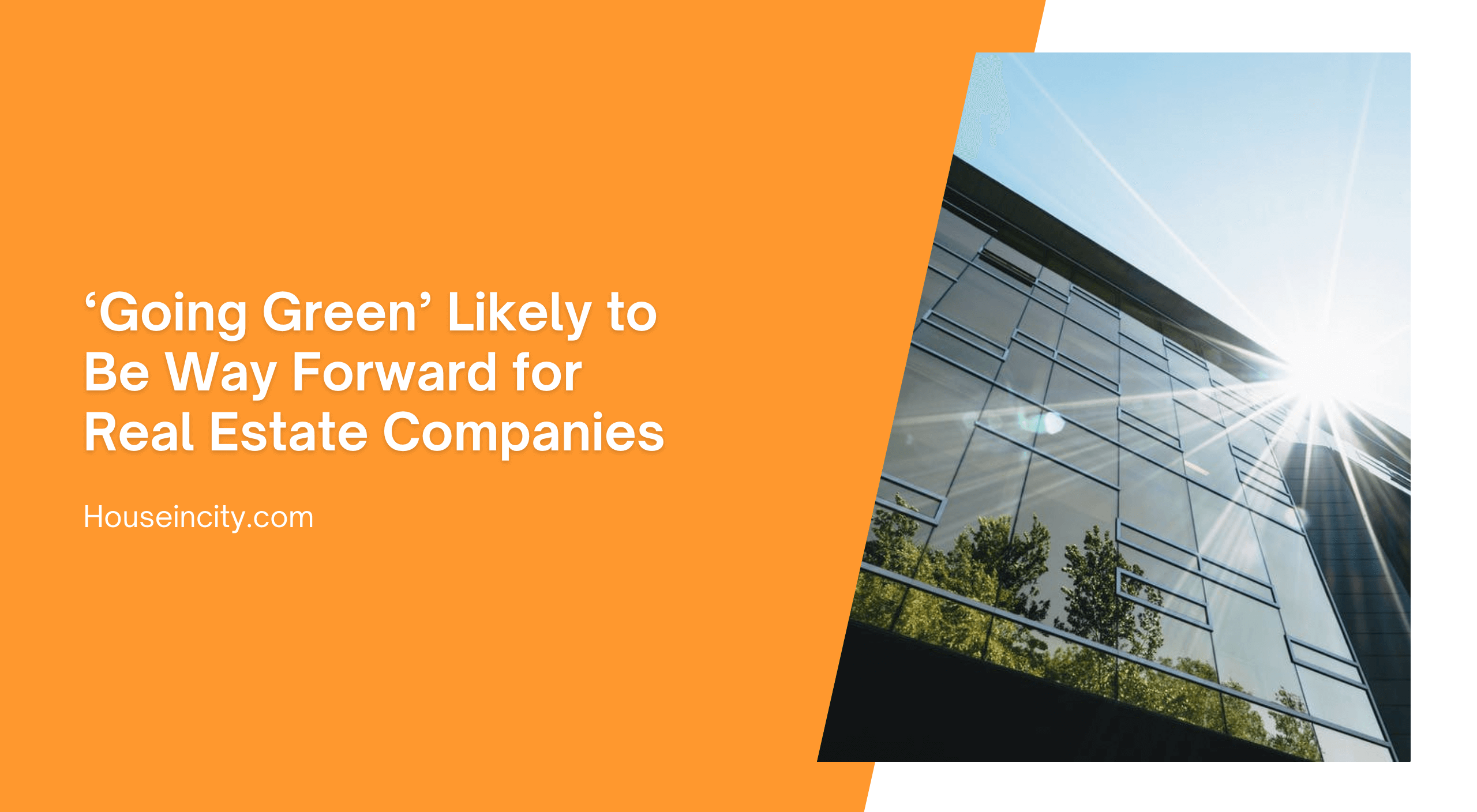In today’s real estate market, companies in the industry are striving to find a competitive advantage whenever possible. Margins are tight and competition is at an all-time high for buyers and tenants alike who want the highest-quality properties and structures possible.
Today, that means many real estate companies are going green.
As with other industries, the real estate industry has more or less begun to embrace green technology and sustainable building practices, especially over the last decade. While more expensive than similar, non-green standards, green practices are proving to make the difference in attracting clientele and receiving private investment capital – both of which go a long way to gain that crucial competitive advantage that many in the business seek.
One of the main reasons green-friendly buildings are favored in today’s marketplace is cost. While going green may cost more to the builder, it tends to save tenants and owners alike in energy costs – a fact that only encourages prospective tenants to choose buildings that meet the desired Leadership in Energy and Environmental Design (LEED) certification. Saving money is a premium for many tenants in both the residential and commercial space, particularly with big-name corporations looking to expand and save money while doing so. Because of this, LEED certifications and energy savings are huge.
Another major reason why more companies in the real estate sector are going green is to attract environmentally-conscious consumers and tenants. Studies back up the assertion that going green can draw in customers. For example, with condos, 63% of buyers said their purchasing decision was motivated by lower costs associated with green condo buildings – and that property values were 10-15% higher for these buildings than other structures. Throw in the notion that green-conscious consumers are concerned about the environment and have other, less-tangible reasons for selecting these properties and one can see how businesses have an incentive to cater to them.
The market is growing for green-friendly housing. The market for this kind of construction was expected to be as high as 364.6 billion in 2022, and while that number probably has changed slightly since the projections were originally made in 2018, due to drastically-falling home values, the demand is still rather high while supplies are limited.
In fact, engaging in foreclosure investing and converting foreclosed homes into energy-efficient housing is one way to gain a competitive advantage and harness the power of going green in the real estate business – a fact not lost on many companies looking eagerly to tap into a growing movement.
